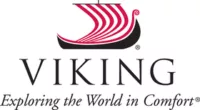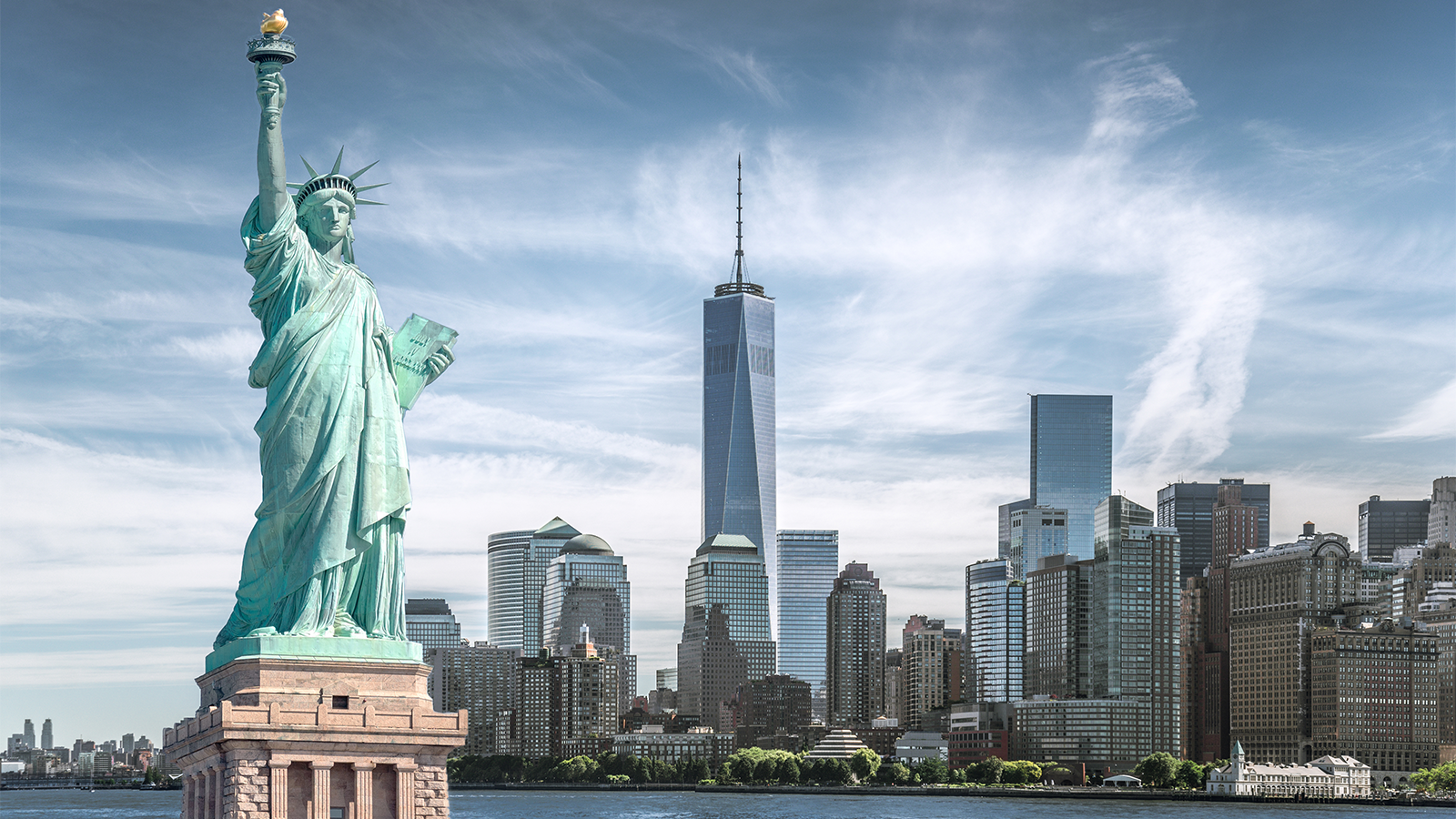
Viking Ocean Cruises
Viking began as a river cruise line and entered the ocean-cruise market with the launch of the 930-guest Viking Star.
Viking has already made an indelible mark on the sector with its fleet of stylish, near-identical, adult-only ships.
The cruise line currently has 10 ships in its fleet.
930
Passengers
465
Crew
2016
Launched
48000t
Tonnage
227m
Length
29m
Width
20kts
Speed
9
Decks
EUR
Currency
Cruise Itinerary
Days 1 - 2
San Juan (Puerto Rico), Puerto Rico
Day 3
Road Town, Tortola, British Virgin Islands
Day 4
Basseterre, Saint Kitts, Saint Kitts and Nevis
Day 5
Castries, Saint Lucia
Day 6
Bridgetown, Barbados
Day 7
Roseau, Dominica
Day 8
Saint John's, Antigua and Barbuda
Day 9
Philipsburg, Sint Maarten (Dutch part)
Day 10
Charlotte Amalie, U.S. Virgin Islands
Day 11
San Juan (Puerto Rico), Puerto Rico

Days 1 - 2
San Juan (Puerto Rico), Puerto Rico

Day 3
Road Town, Tortola, British Virgin Islands

Day 4
Basseterre, Saint Kitts, Saint Kitts and Nevis

Day 5
Castries, Saint Lucia

Day 6
Bridgetown, Barbados

Day 7
Roseau, Dominica

Day 8
Saint John's, Antigua and Barbuda

Day 9
Philipsburg, Sint Maarten (Dutch part)

Day 10
Charlotte Amalie, U.S. Virgin Islands

Day 11
San Juan (Puerto Rico), Puerto Rico
Ship Details


Viking Ocean Cruises
Viking Sea
With their sleek, yacht-style bows and teak promenade decks, Viking’s ocean ships are a million miles from the large liners that sail the seas.
Cabins
All Prices



















